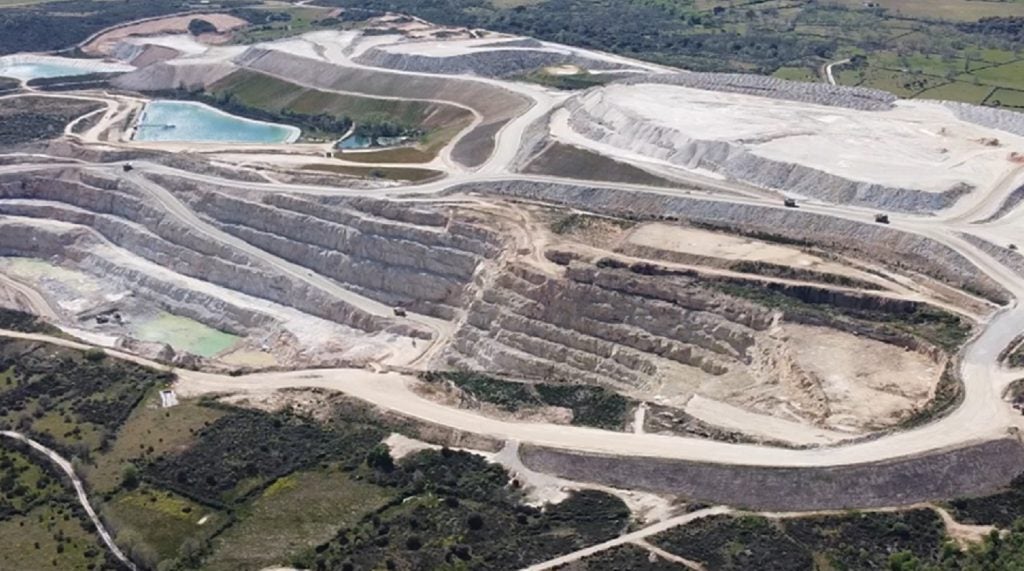Australian mining company Sandfire Resources has officially inaugurated its Motheo copper mine in Botswana.
Located about 70km north-east of Ghanzi, construction on the mine was approved by the company’s board in December 2020.
The first copper concentrate was produced in May this year. Sandfire expects a swift ramp-up in throughput towards the initial processing rate of 3.2 tonnes per annum (tpa).
The nameplate capacities have been achieved across several shifts and copper recoveries are around 90%, the company stated.
Sandfire added that the team at Motheo is focused on a rapid and low-cost expansion to 5.2tpa, with first shipment expected this month.
This is expected to bring an annualised increase in contained copper production to more than 50,000t in FY 2025.
Sandfire managing director and CEO Brendan Harris said: “The official opening ceremony marks an important milestone for Sandfire and provides an opportunity to acknowledge the community, our people and the many contractors who have contributed to the timely and safe development of our newest operation.
“The official opening of the Motheo copper mine solidifies our strategic position in the highly prospective Kalahari Copper Belt. As we sharpen our exploration focus on near-mine targets, we see significant potential to extend the life of Motheo and be a contributor to the local economy for decades to come.”
The Motheo copper mine is located within the Kalahari Copper Belt in the country. The mine is based on the open-pit development of the T3 deposit, a significant sediment-hosted copper and silver deposit located within the region’s copper belt.
During its initial ten-year mine life, Motheo is anticipated to generate “attractive returns” for its shareholders while also bringing significant value to the county through taxes, royalties and employment.















